Physicists at the Gemini Observatory have found a new mass limit for massive stars, and found it to be lower than previously thought.


Physicists at the Gemini Observatory have found a new mass limit for massive stars, and found it to be lower than previously thought.
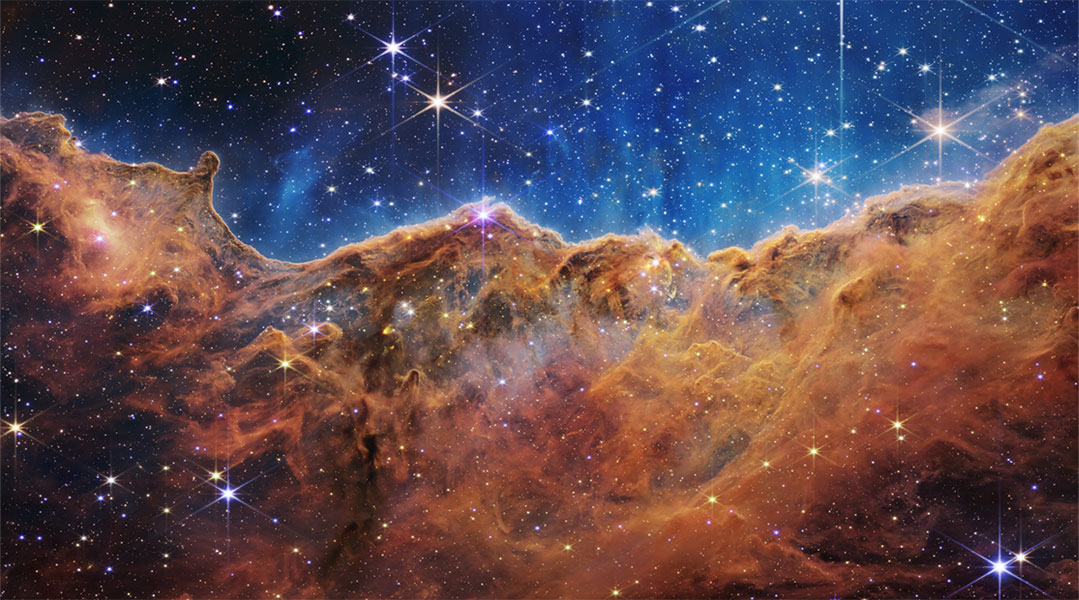
Astronomers are discovering that the rate of star formation in the universe is dropping, and they want to know why.
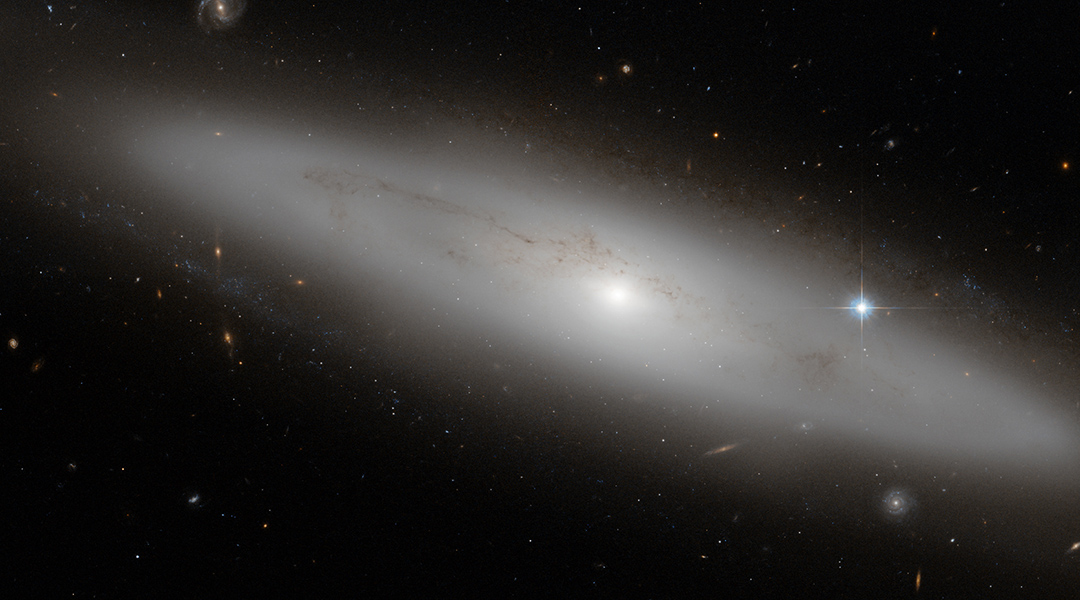
An unexpected finding in the heart of the NGC 3182 galaxy led to an intriguing search for the origins of a ring of star-forming gas.

The LUX-ZEPLIN detector is now operational and ready to capture weakly interacting particles believed to be the constituents of dark matter.
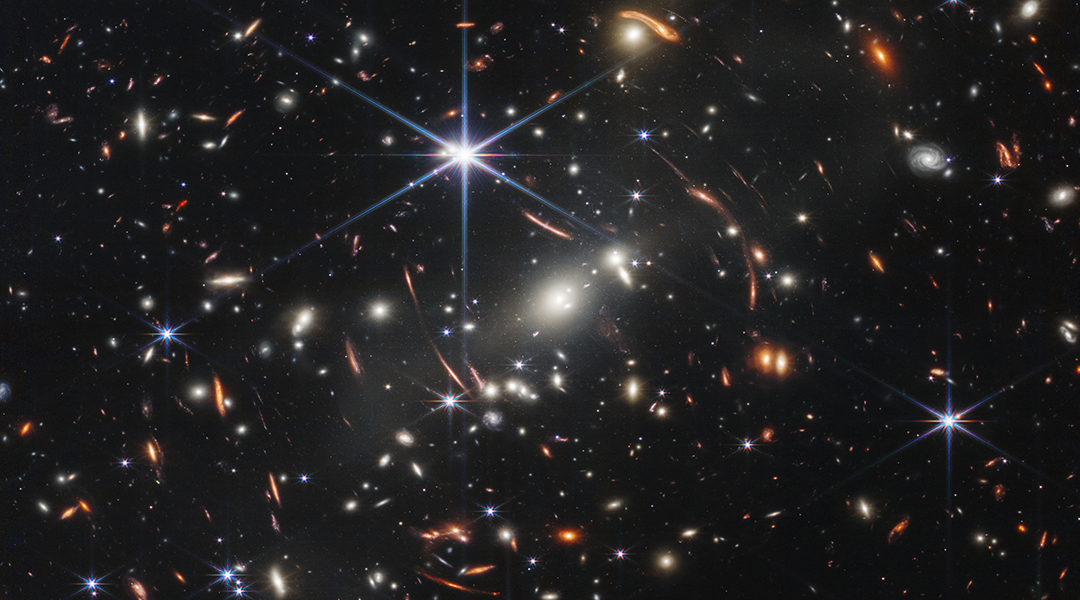
NASA has published the first five images from the James Webb Space Telescope, highlighting each of the key questions it will study.
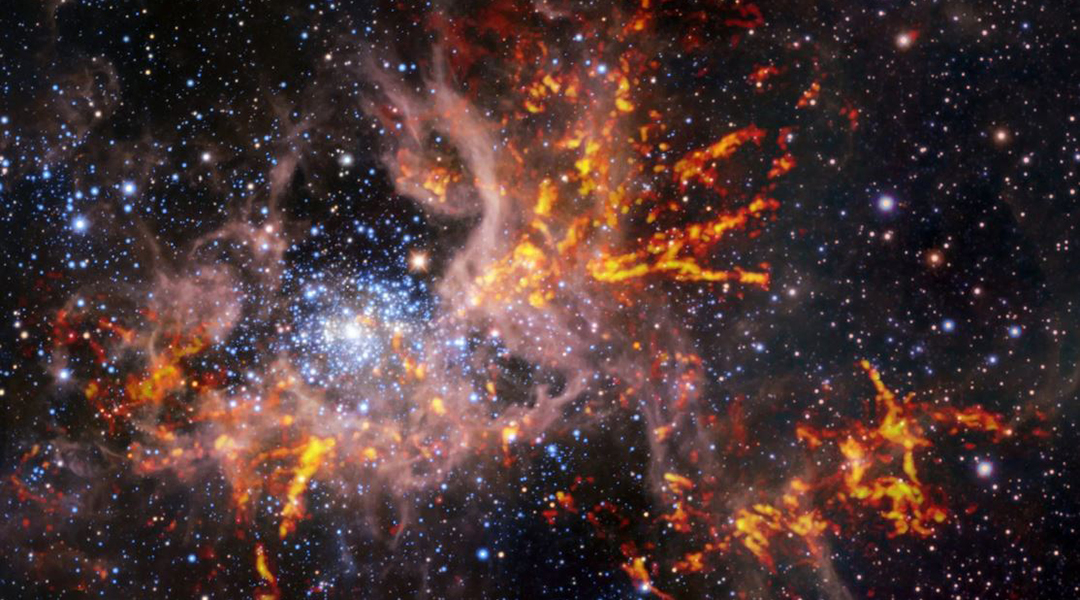
New images of the Tarantula Nebula help us understand how intense star formation at its center impacts the rest of the nebula.
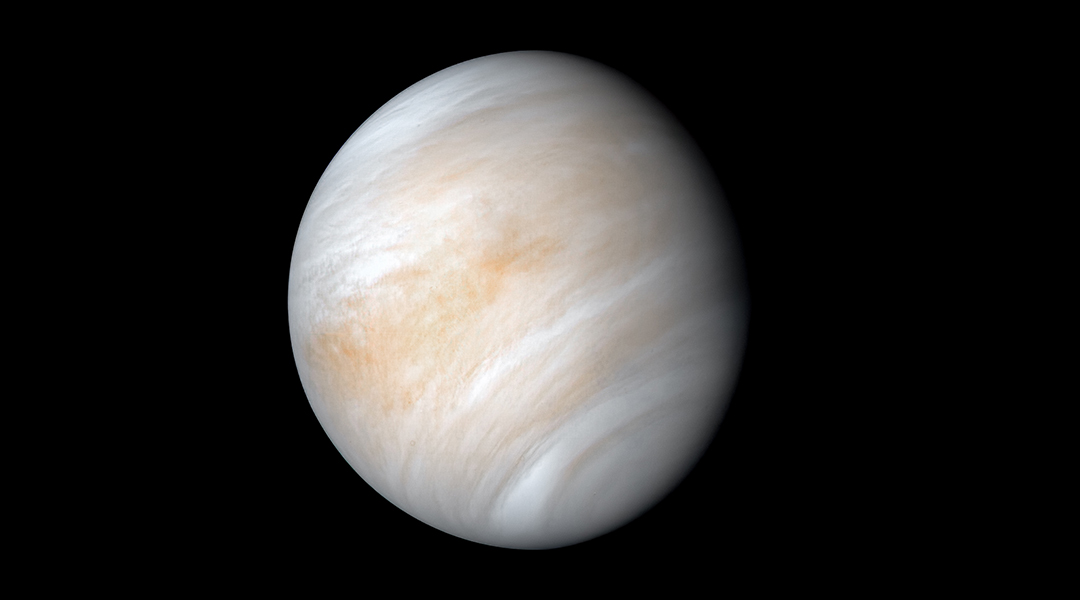
While a new model finds life is not responsible for Venus’ odd atmospheric chemistry, the aerial biosphere hypothesis is important in the search for life on other worlds.
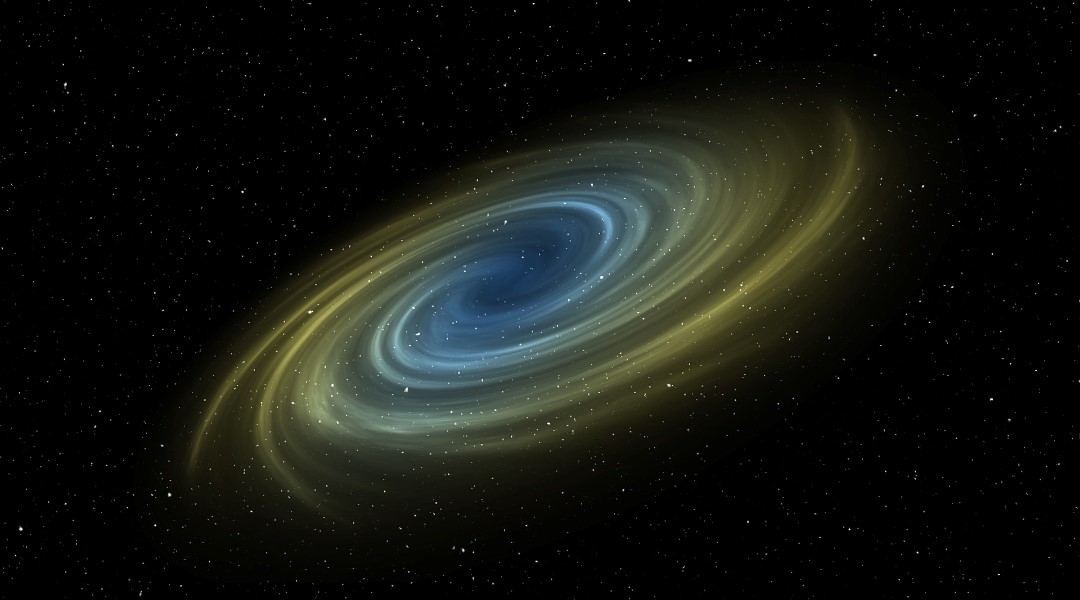
Tweaking the rules of gravity via Modified Newtonian dynamics provides a possible alternative explanation for the behavior of galaxies
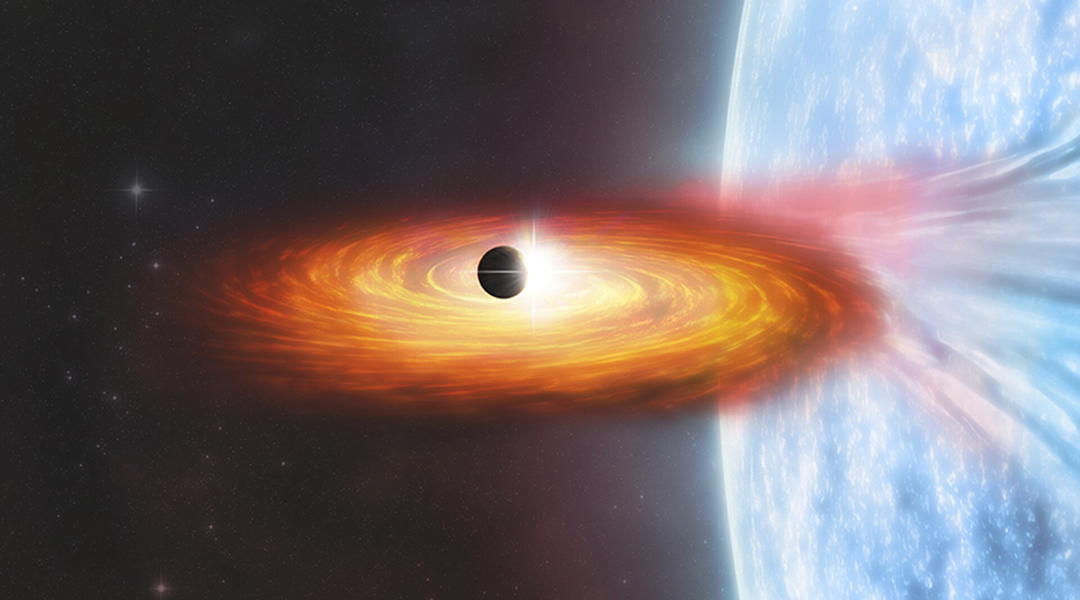
The first images of the environment around an energetic X-ray binary star could help expand our understanding of planet and star formation.

45 years worth of radio telescope observations have identified a pair of supermassive black holes at the core of two galaxies set to merge.